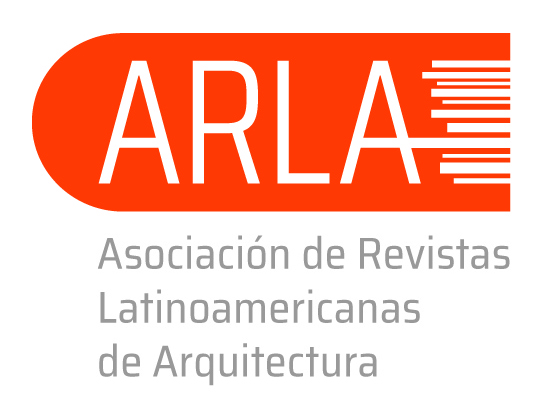Another city is possible
Urban Integral Plan and more intervention in the soil market
DOI:
https://doi.org/10.14409/ar.v1i6.4646Keywords:
expansion; compaction; renovation; renewing; housing; added valueAbstract
Recognizing as central problem the unsustainability of the model of expanded city, on the one hand, and the expulsion of population that suppose certain interventions in the existing city, for other one; across successive investigations has been inquired about how to intervene in the city built contributing to sustainability and quality of life, preventing unwanted and counterproductive phenomena such as unlimited expansion and population expulsion, taking as three central ideas: One, articulate an action tending to repopulate the Center, renewing and re–densifying the neighborhoods of the peri–center, structuring and completing his peripheral neighborhoods. Two, in these three ambits, articulate three instances of work: housing, social equipment and public space as structuring. Three, in turn, the above mentioned, crossed by three conceptual and design axes: quality of life, capacity of adjustment to the changes, and sustainable materiality. The present article, which one proposes in the category of article of reflection, takes again those elaborations for from there thinking about the need of the major and more compromised (with
the rights partner spatial) intervention on the soil and real–estate market, with recover of added value by the State, in the frame of a general plan as way towards the construction of a democratic, plural and inclusive city.
Published
How to Cite
Issue
Section
License
ACCESO ABIERTO
ARQUISUR Revista es una publicación de acceso abierto y sin ánimo de lucro. No se imputan cargos por la recepción, revisión, evaluación, publicación ni acceso a sus contenidos. Se distribuye bajo una Licencia Creative Commons CC Atribución-NoComercial-SinDerivadas 4.0 Internacional (CC BY-NC-ND 4.0): No se permite un uso comercial de la obra original ni la generación de obras derivadas. Esta licencia no es una licencia libre, y es la más cercana al derecho de autor tradicional.
DESCARGO
Los criterios expuestos en los artículos son de exclusiva responsabilidad de sus autores y no reflejan necesariamente la opinión del Comité Editorial ni de la Dirección Editorial Técnica. Los derechos de los artículos publicados pertenecen a sus autores o editoriales. Los autores ceden sus derechos de publicación al Centro de Ediciones de la Universidad Nacional del Litoral de Santa Fe, Argentina.














